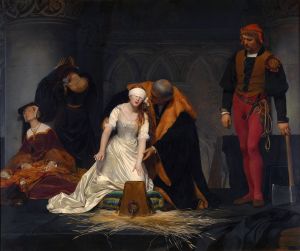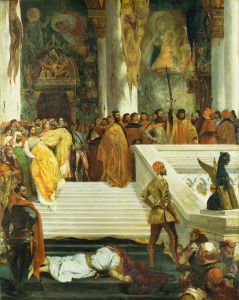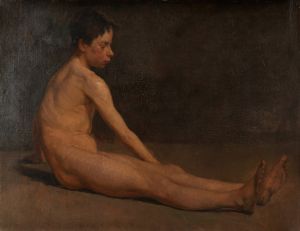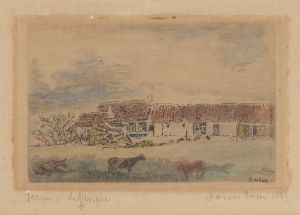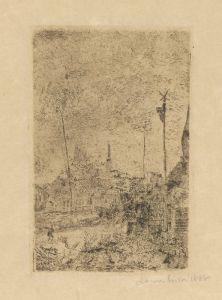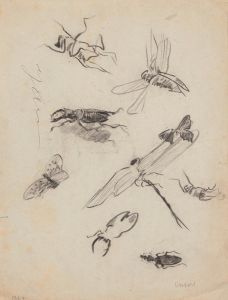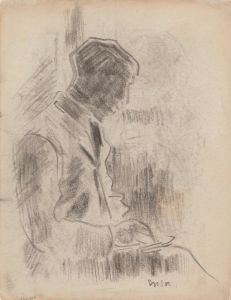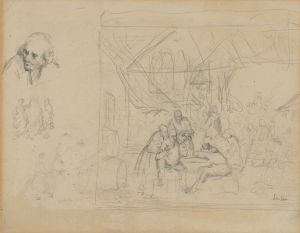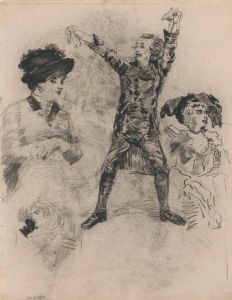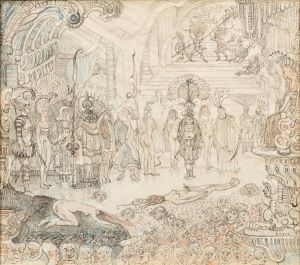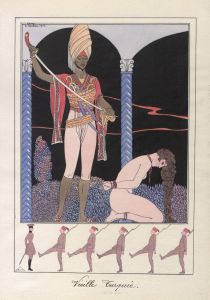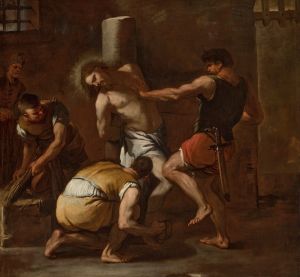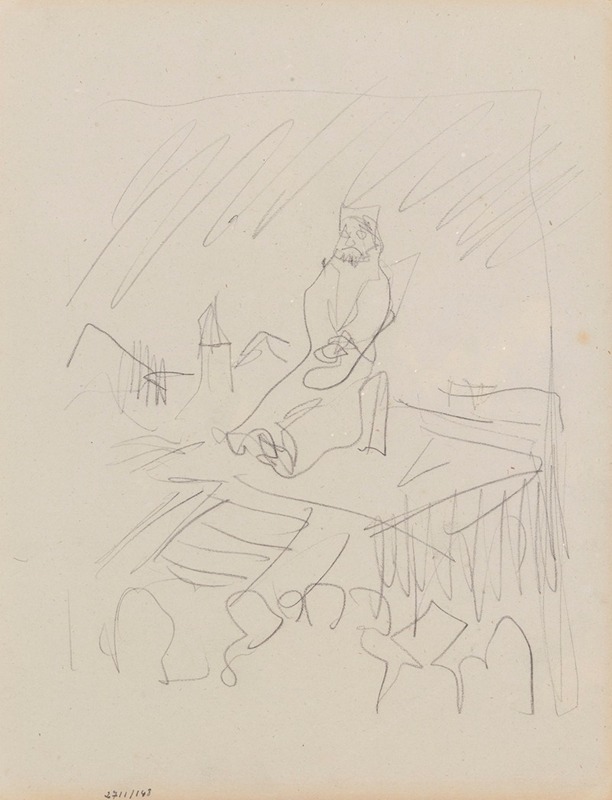
Execution by Garrote
A hand-painted replica of James Ensor’s masterpiece Execution by Garrote, meticulously crafted by professional artists to capture the true essence of the original. Each piece is created with museum-quality canvas and rare mineral pigments, carefully painted by experienced artists with delicate brushstrokes and rich, layered colors to perfectly recreate the texture of the original artwork. Unlike machine-printed reproductions, this hand-painted version brings the painting to life, infused with the artist’s emotions and skill in every stroke. Whether for personal collection or home decoration, it instantly elevates the artistic atmosphere of any space.
James Ensor's "Execution by Garrote" is a notable painting by the Belgian artist, created in 1891. Ensor, known for his avant-garde style and often macabre subject matter, was a pivotal figure in the development of Expressionism and Symbolism. His works frequently explore themes of death, absurdity, and the grotesque, reflecting his fascination with the darker aspects of human nature and society.
"Execution by Garrote" is a striking example of Ensor's unique approach to art. The painting depicts a public execution, a subject that Ensor revisited in various forms throughout his career. The garrote, a method of execution involving strangulation, was historically used in Spain and its former colonies. Ensor's choice to depict such a scene reflects his interest in the themes of mortality and societal justice, as well as his critique of the spectacle of public executions.
In this painting, Ensor employs his characteristic use of vivid colors and distorted forms to convey the emotional intensity of the scene. The composition is crowded, with figures that appear almost caricature-like, a common feature in Ensor's work. This stylistic choice serves to emphasize the absurdity and horror of the execution, as well as to critique the voyeuristic nature of the crowd gathered to witness the event.
Ensor's use of light and shadow in "Execution by Garrote" adds to the dramatic effect of the painting. The stark contrasts highlight the central figures, drawing the viewer's attention to the act of execution itself. The expressions on the faces of the onlookers range from indifference to morbid curiosity, underscoring Ensor's commentary on human nature and the desensitization to violence.
The painting also reflects Ensor's broader critique of authority and societal norms. By choosing to depict an execution, Ensor challenges the viewer to consider the morality and ethics of capital punishment. His portrayal of the execution as a public spectacle further questions the role of society in perpetuating violence and injustice.
"Execution by Garrote" is housed in the Royal Museum of Fine Arts in Antwerp, Belgium, where it continues to be a subject of study and admiration. Ensor's work, including this painting, has had a lasting impact on the art world, influencing subsequent generations of artists who explore similar themes of existentialism and the human condition.
The painting is an important example of Ensor's ability to blend realism with fantasy, creating a powerful visual narrative that engages the viewer on multiple levels. Through his distinctive style and provocative subject matter, Ensor invites reflection on the darker aspects of society and the human psyche, making "Execution by Garrote" a significant work in the history of modern art.






